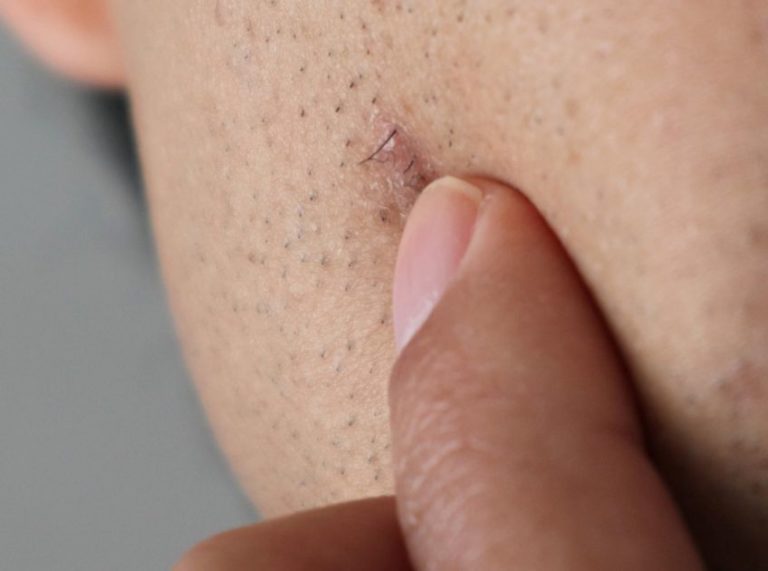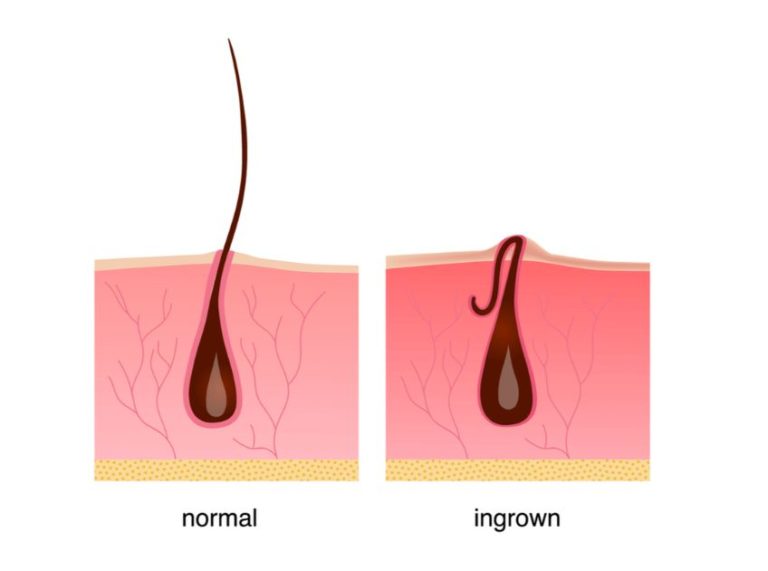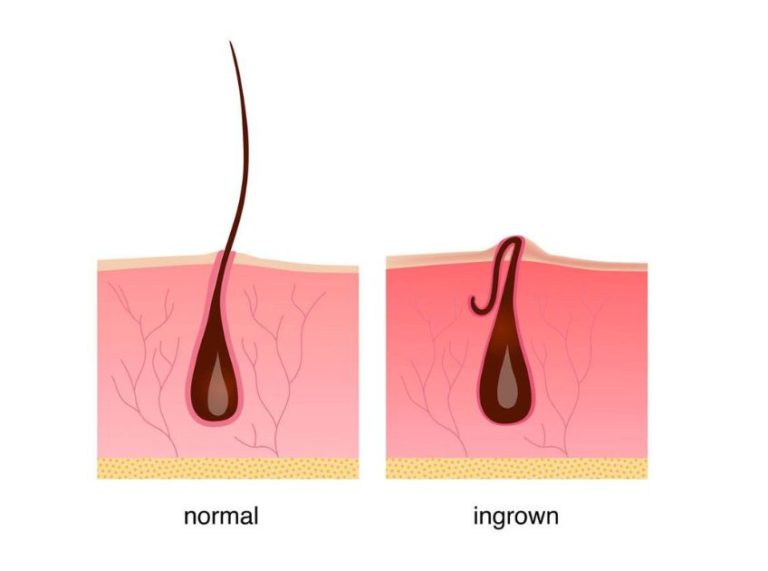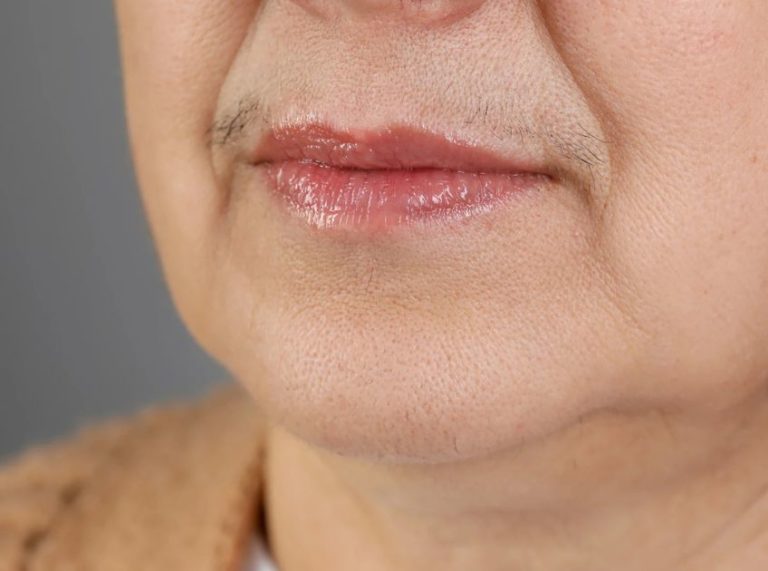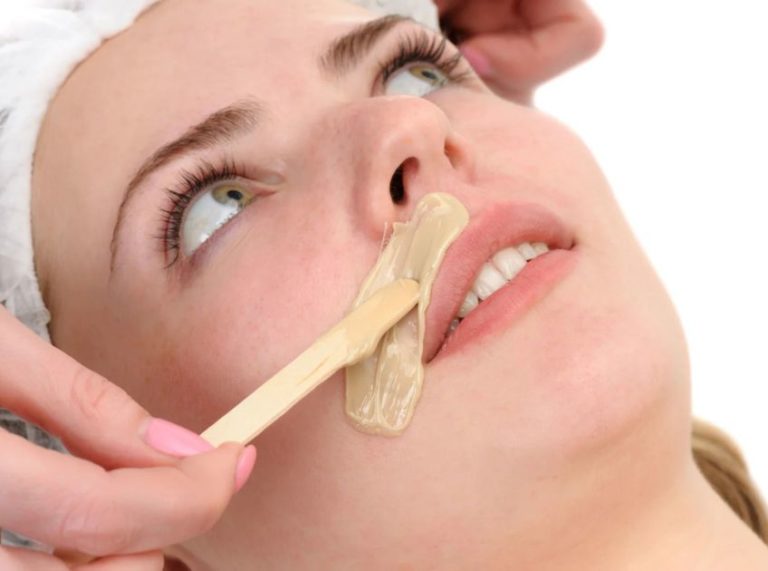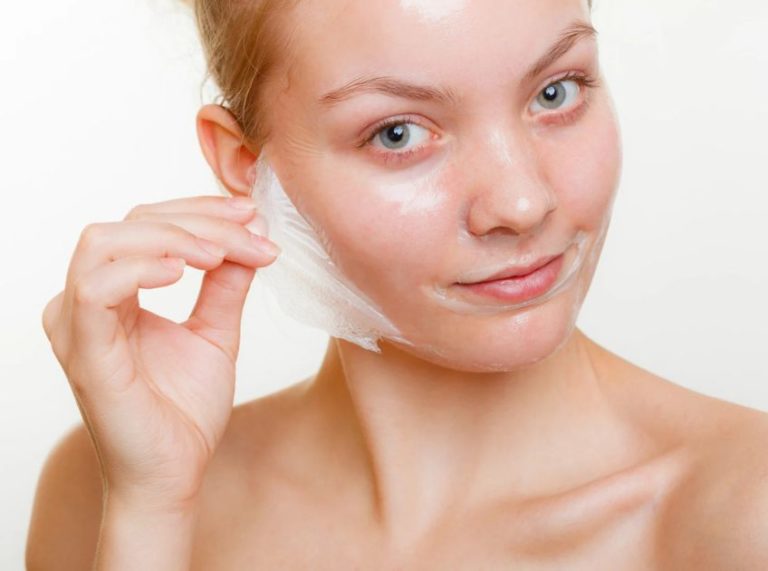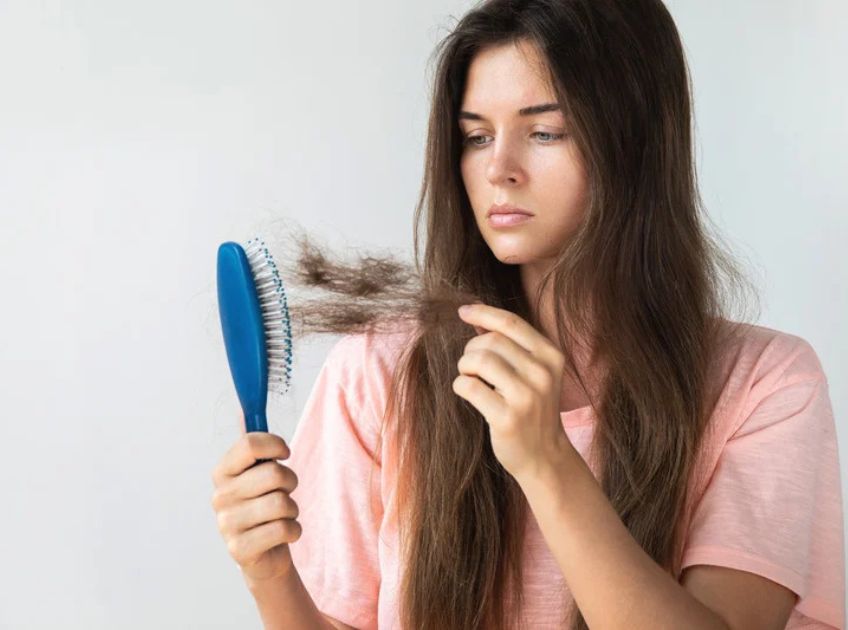
Important: This article is for informational purposes only. Please read our full disclaimer for more details.
Losing hair is a natural part of the growth cycle. Every strand goes through growth (anagen), rest (telogen), and shedding (exogen) phases. On average, people shed between 50 and 100 hairs a day (1). This natural process makes room for new hair to grow.
However, when you start noticing more strands on your pillow, hairbrush, or shower drain than usual, it’s worth paying attention. Excessive hair shedding—especially if it lasts for several weeks—can be a sign that something in your body or routine needs to change.
What’s Considered Normal Hair Shedding?
According to research published in the Journal of the American Academy of Dermatology, the average daily hair loss of 50–100 strands is within the healthy range. Seasonal changes, stress, and minor illness can cause temporary increases (2).
A quick self-check: If you run your fingers through your hair and consistently pull away more than a few strands, or if your ponytail feels noticeably thinner over time, you might be shedding more than normal.
Spotting the Red Flags – Signs Your Shedding Is Excessive
Excessive hair shedding often shows up gradually. Key signs include:
- Hair falling out in clumps during washing or brushing
- Noticeably more hair in your drain or brush than usual
- Thinner-looking hair around the crown, temples, or hairline
- Reduced ponytail thickness
- Visible widening of your part line
Why Is My Hair Falling Out? Common Triggers You Should Know
Hair shedding can be caused by a variety of factors, including:
- Stress: Physical or emotional stress can push hair into the shedding phase (telogen effluvium).
- Nutritional Deficiencies: Low iron, vitamin D, protein, or zinc can weaken hair.
- Hormonal Changes: Pregnancy, menopause, thyroid conditions, or starting/stopping birth control.
- Illness and Medication: Infections, chronic conditions, and certain medications can impact growth cycles.
- Hair Damage: Overprocessing, tight hairstyles, and excessive heat styling.
- Scalp Issues: Dandruff, fungal infections, or inflammation can affect follicle health.
10 Expert-Approved Ways to Reduce Hair Shedding
1. Eat a Balanced, Protein-Rich Diet
Hair is composed primarily of keratin, a structural protein. Without enough dietary protein, hair growth can slow, and more strands can enter the shedding phase. Aim for complete protein sources like chicken, fish, eggs, dairy, and plant-based options such as quinoa and lentils. Pair protein with vitamins and healthy fats for better nutrient absorption.
2. Boost Your Iron and Vitamin D Levels
Low iron can cause anemia, a well-documented cause of excessive shedding, while vitamin D plays a role in activating hair follicles. Have your levels checked by a doctor, and if they’re low, adjust your diet with iron-rich foods (spinach, red meat, beans) and vitamin D sources (fatty fish, fortified milk, or moderate sun exposure). Supplements can help, but only under medical supervision.
3. Manage Stress Effectively
Chronic stress raises cortisol levels, which can disrupt the hair growth cycle and trigger telogen effluvium. Daily stress-reducing habits like meditation, journaling, yoga, or even a brisk walk can help. Try setting aside at least 15 minutes a day for a calming activity—it benefits both your hair and your overall health.
4. Avoid Tight Hairstyles
Styles that pull on the hair shaft—like tight ponytails, buns, or braids—can cause traction alopecia over time. Opt for looser styles, switch up your part to reduce tension in one area, and use hair ties without metal clasps to avoid snagging.
5. Limit Heat Styling
Excessive heat from flat irons, curling wands, and blow dryers can damage the cuticle, making hair more prone to breakage and giving the appearance of shedding. If you must use heat, lower the temperature, keep the tool moving, and always apply a silicone-based heat protectant to shield strands.
6. Use a Gentle Shampoo and Conditioner
Harsh cleansers strip away natural oils, leaving hair dry and brittle. Choose sulfate-free shampoos that cleanse without over-drying and pair them with nourishing conditioners containing ingredients like glycerin, shea butter, or coconut oil. A healthy scalp environment is critical for minimizing shedding.
7. Incorporate Scalp Massage
Regular scalp massages improve blood circulation, ensuring follicles receive essential nutrients and oxygen. Use your fingertips (not nails) to gently massage your scalp for 3–5 minutes daily. You can enhance the experience by applying rosemary or peppermint essential oil diluted in a carrier oil—both have been studied for their potential to promote hair growth.
8. Try Strengthening Treatments
Weekly deep conditioning and protein treatments can help fortify weakened strands. Look for masks with hydrolyzed keratin, collagen, or wheat protein to temporarily fill in gaps along the cuticle, making hair more resilient. Alternate between protein treatments and moisturizing masks to maintain the right balance.
9. Protect Hair While Sleeping
Friction from cotton pillowcases can cause breakage and tangling. Switch to a silk or satin pillowcase, or wear a silk scarf or bonnet at night. These smooth fabrics reduce stress on hair, especially if you have curly or fragile strands.
10. See a Trichologist or Dermatologist
If your shedding continues despite lifestyle changes, professional help can uncover underlying medical issues. Trichologists specialize in scalp and hair disorders, while dermatologists can run tests, check for hormonal imbalances, and prescribe treatments like topical minoxidil, low-level laser therapy, or PRP (platelet-rich plasma) therapy. Early intervention often leads to better outcomes.
When It’s Time to Seek Medical Advice
If shedding is severe, lasts more than three months, or is accompanied by scalp pain, redness, itching, or bald patches, consult a dermatologist or trichologist immediately. Medical evaluation can rule out hormonal imbalances, autoimmune conditions, or nutritional deficiencies.
The Science Behind Hair Shedding
Studies in Dermatology, Practical & Conceptual emphasize that hair shedding is often reversible if the root cause is addressed early (3). Hair follicles cycle naturally, but disruptions—from stress to nutrient deficiency—can push too many follicles into the resting phase at once. Correcting deficiencies, managing stress, and protecting the hair shaft can often restore normal growth within months.
Frequently Asked Questions (FAQ’S)
Q. Can changing my shampoo stop hair shedding?
A. Not usually. While gentle, sulfate-free shampoos can prevent breakage, shedding from the root is often linked to internal or scalp-related causes.
Q. Does shedding mean I’m going bald?
A. Not necessarily. Shedding is often temporary and reversible, while permanent hair loss involves follicle damage.
Q. How long does it take for shedding to stop once treated?
A. It can take 2–6 months to see a noticeable reduction, as the hair cycle needs time to rebalance.
Final Thoughts
Excessive hair shedding can be unsettling, but in most cases, it’s a temporary condition that responds well to the right care. By addressing the root cause—whether it’s nutrition, stress, or scalp health—you can protect your strands, encourage regrowth, and restore volume. Remember: consistency in hair care and lifestyle habits is the real secret to keeping shedding under control.
